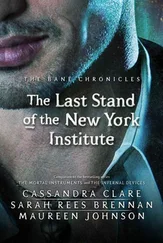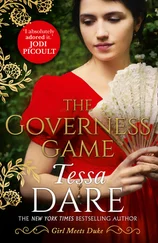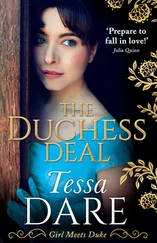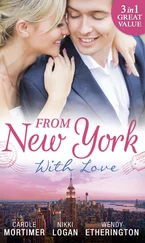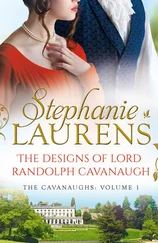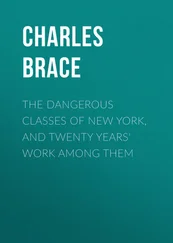Murray Kempton, the most knowledgeable jazz buff I know, tells me that Margot Hentoff (Nat’s wife, and herself a fine writer) claimed that “the MJQ was the fifties.” She was right, as she usually is—they were listenable, and they were also extraordinarily good.
“One of the great changes in pop culture occurred in the fifties,” Kempton explains, “in jazz, art, everything else. It was the same thing Henry James describes, how the Venetian painters are ultimately unsatisfying because the light there is too good—it’s what he called ‘the demoralizing effect of lavish opportunity.’ The LP gave jazz musicians the opportunity of stretching out, and it was demoralizing. If you listen to an old Ellington recording of ‘I’m Beginning to See the Light’—what he does in eight bars is unbelievable. It was compression, you had to get on and off. But the Modern Jazz Quartet was very compact. Of course, there are exceptions to Henry James’s rule—Michelangelo had a huge ceiling and it didn’t ruin him.”
There were cool new saints marching in, and innovative sounds in the air, which seemed to express the confusion, heartache, and excitement of a more complex time, so it was harder to get worked up over another rendition of “Muskrat Ramble.” Kempton had told me in 1955 about an old friend of his from college who had looked him up in New York and wanted to go hear some Dixieland. Murray shook his head, raised his eyebrows behind his horn-rims and said, “I wanted to tell him, ‘He don’t live here anymore.’”
Back in his Dixieland days, Kempton recalls, “We all used to go downtown and listen to Bunk Johnson at the Stuyvesant Casino.” Johnson, a New Orleans trumpet player, was discovered working in a rice field near New Iberia, Louisiana, and brought to New York in 1945 with his own band. He was promoted as the last of the “pure” or “true” jazz players, delivering the music as it was done a generation before. “I used to go to Minton’s and listen to Charlie Parker too,” Murray says. “I thought he was just terrible. I didn’t like him till after he was dead.”
I am certain Murray is the only New York intellectual courageous enough to make that confession, but he also can state, “I was the only reporter at Charlie Parker’s funeral.” (When I mentioned that to Nat Hentoff he said, “There were two . I was even asked to say a few words about the deceased.”)
It was Murray who in the mid-fifties told me, “Nat Hentoff is the only one writing about jazz”—meaning the only one who was worth reading on the subject. Soon Nat was not only writing about jazz in Down Beat and reviewing books about jazz in The Nation and other magazines, he was also writing a column on civil rights, education, and whatever injustice caught his attention, in the Village Voice . I got to know this gentle bearded man with a pipe perpetually stuck in his mouth as a neighbor and fellow writer in the Village, which meant I had the pleasure of drinking with him at the White Horse. Though he accomplished his aim of breaking out of the pigeonhole of jazz by writing on every subject under the sun, not only in the Voice but later in The New Yorker , Nat remains the premier jazz interpreter and critic of our time.
Nat still lives in the Village, where I met him recently in Bradley’s bar. “The fifties was a continuously stirring time in New York,” he says. “Every night there was exciting music somewhere. Coleman Hawkins used to say, ‘You ain’t nothing till you come to New York.’ He used to say that when he met some trumpet player in Topeka who was supposed to be the best. And they all came.”
One who came in the fifties was David Amram, a jazz musician, composer, and, as Nat Hentoff describes him, “a ubiquitous deliverer of good cheer.” He knew more painters than writers, and he acted as “a link between different groups—music, art, and writing.”
“At my first Town Hall concert there were sculptors, artists, writers,” Amram says proudly. “There was a cohesiveness in the arts, an attempt to make the connections seem natural. We did the first jazz poetry reading at the Gallery, and I have a poster of one we did at the Circle in the Square with Howard Hart, Philip Lamantia, and Jack Kerouac. I was backup, I played piano—those guys would go out drinking between shows and not come back for an hour or two and I had to entertain. This was in ’57. Jack played bongos, he was a great improviser of words, and he loved music. After listening to a jazz piece I played, he said, ‘That’s what I’d like to do with words but I can’t quite do that.’”
Amram plays French horn, piano, guitar, plus the flutes, whistles, drums, and other assorted folk instruments of twenty-five countries. In the fifties he played in the hot Village clubs like Café Bohemia and the Five Spot with Dizzy Gillespie, Sonny Rollins, Cecil Taylor, Charles Mingus, and many other jazz greats of the era, went on to become the first composer-in-residence with the New York Philharmonic, and wrote musical scores for movies, including The Manchurian Candidate and Splendor in the Grass . Now he conducts and performs as a soloist with symphony orchestras from Kansas City to Toronto, and is called by the Boston Globe “the Renaissance man of American music.” Amram, at sixty, lives on a farm in New York State with his wife and children, cows and chickens, and still keeps his old loft apartment in the Village, whose door is decorated with stickers proclaiming “Dizzy Gillespie for President” and “Shalom, Y’all.”
In the apartment, Amram stretches out on a cot below the skylight, tucks his hands behind his head, and speaks from memory. “I first went to New York to hear music when I was a kid in college in D.C. It was a big thing for musicians to go to the Big Apple—they started calling it that in the forties. We’d drive to New York and sleep in my car. I had a ’32 Plymouth—it couldn’t go over forty-two miles an hour, so the trip took eight hours. We’d go and listen to the big bands.
“I came back from Paris in ’55 and went to the Manhattan School of Music to study composition. The first night back, I went to Café Bohemia to hear the alto sax man Jackie McLean, and five weeks later I was playing there with Charles Mingus. Going to hear Mingus play was one of the great experiences of the fifties. His audience wasn’t just intellectuals—it was pimps, pushers, pickpockets—but they all had a bond of appreciation. They all knew something really valuable was going on.
“Jackie McLean was one of Charlie Parker’s protégés. Jackie felt that jazz as it came to be in our time was a quintessential New York expression, because from all parts of the country the best musicians came here.”
Jazz was the music of New York in the fifties, at least of literary and artistic New York (as well as those “pimps, pushers, and pickpockets”), and many of us later pretended, or imagined, that we dug the more advanced sounds, like those of Charlie Parker, all along. Pretending sometimes led to pretentiousness about jazz, as Bruce Jay Friedman testifies: “Jazz lovers are the most arrogant people. I never dared venture an opinion around real jazz buffs. If I said I liked the way a guy blew horn, they would always know a guy named Pee Wee or Junior who wiped my guy away. I didn’t like the church feeling while a guy was doing a riff—I was scared to tinkle a glass, I was scared out of my wits. I wasn’t a jazz guy.”
Friedman did become friends with a jazz musician whose music he liked, who in turn was an admirer of Friedman’s fiction. Paul Desmond, the most literary of jazz men, played in the Dave Brubeck Quartet. “Paul loved a story of mine in a collection called When You’re Excused, You’re Excused, ” Friedman says. “It’s about a Jew on Yom Kippur who keeps doing darker and darker things. Paul was the only one who mentioned the story. Of course, our friendship didn’t qualify me as a true jazz buff—liking Paul Desmond was about the same as liking Rick Barry in the NBA.”
Читать дальше

